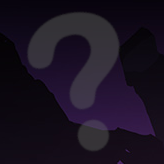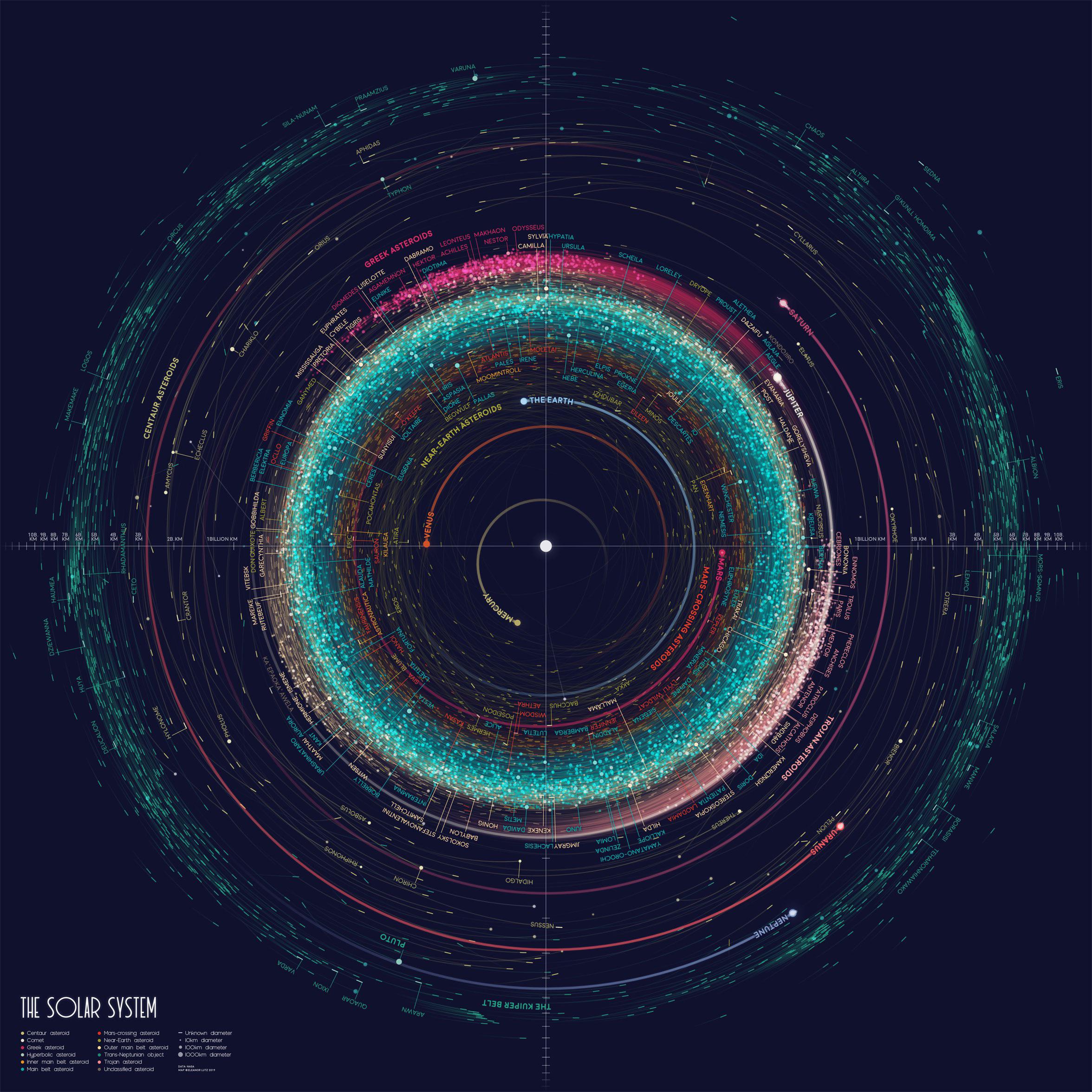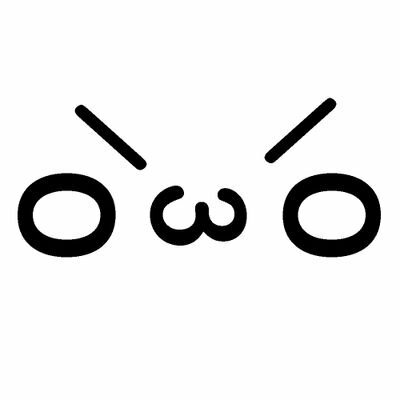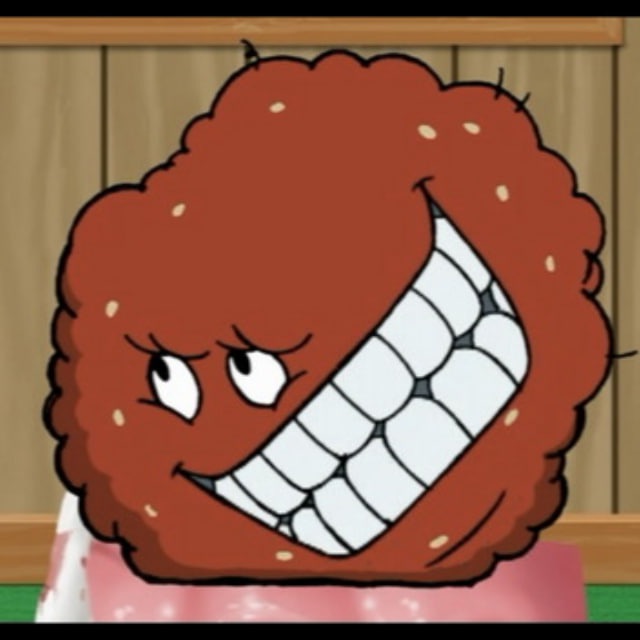
My 2c is that if the majority of people are confused about the purpose of a punctuation mark or language feature in general, then that feature is not actually fulfilling a useful function. If it was actually useful then people wouldn’t be confused, they would just be using it. People would learn it organically and not need it to be explained.
That example sentence would function exactly the same if it was separated by a period, nothing is gained by using a semicolon. No new information is added, you are just going to make people wonder why there is a semicolon there making the sentence less comprehensible.
Its sorta related to the prescriptivism vs descriptivism distinction.

That example sentence would function exactly the same if it was separated by a period; nothing is gained by using a semicolon. No new information is added; you are just going to make people wonder why there is a semicolon there making the sentence less comprehensible.
FTFY. You aren’t supposed to separate two independent clauses with a comma.

So you also use a semicolon if you are separating a list and the list includes phrases separated by commas. For example:
My favorite things are lions, tigers, and bears; sugar, spice, and everything nice; and the ol’ red, white, and blue.
I came up with that in thirty seconds so admittedly it’s a bit nonsensical, but there are valid reasons to structure a sentence this way and a semicolon is the only thing helping those independent phrases stay separate and thus help the sentence make sense.
That said, I love semicolons in general; I use them for fun and for variety. They are useful for slightly adjusting the pacing of written communication, since the reader won’t treat them exactly the same as a full stop.
If it was actually useful… People would learn it organically and not need it to be explained.
People don’t learn how to read “organically;” you need instruction. Learning how to use punctuation is a part of that instruction. You learned how to use a comma or a period way back in elementary school, you just don’t remember specifically learning it. And a semicolon is a perfectly useful piece of punctuation.

They are also a great tool to use in place of tabs or spaces to make java developers lose their minds.

works with other c style languages too, can even get rid of the pesky new line debate

em dash supremacy—my friend introduced me to this and i haven’t looked back since.
alt+0151 on PC, ctrl+alt+minus for word if I remember right. On mobile you go to more symbols, hold down the minus, and slide to the longest one.
Both require numeric keypad though- but using a minus and a space after can work as a substitute
--as well as 2 minus signs (plus Lemmy happens to convert that to an em dash) - but like THAT? treason. absolutely not.You can even join more than 2 independent clauses together as shown above.

Ah yes – the em-dash. I will +1 this.

i wish it was a standard on keyboards IMO.

on fr-oss, it’s shift+altgr+4 or 5, i believe… also don’t forget the non-breaking spaces around it when typing french!

Also en-dash for separating two numbers when indicating a range. I have AHK shortcuts for them both :).

They’re also useful for separating multiple lists when using a comma would make it look like an item is an extended list.
So let’s say I want to express:
"My contacts are:
-
Jessica, Cook (as in a job title, not a name)
-
James, MD (as in the professional certification, not the name ‘MD’)
-
Doug, ABC (maybe to show that Doug works at ABC)"
If I said:
“My contacts are Jessica, Cook, James, MD, Doug, ABC.”
There’s no clear indication of what is a list member and what is a new list. But this:
“My contacts are Jessica, Cook; James, MD; Doug, ABC.”
is a bit clearer. (There are probably better examples but I’m shooting from the hip here lol)
-

They can also be used as a super comma; because sometime you make a longer sentence, or a sentence with complex clauses.

It’s more of a weak period than a strong comma; both sides of it need to be complete sentences.

DELIMITER //
SELECT name, definition
FROM definitions
WHERE name like ‘;’//
DELIMITER ;
- Smorty [she/her] ( @Smorty@lemmy.blahaj.zone ) 4•6 months ago
You people don’t use semicolons; I am very surprised. For real though, I like to use the in German class, as it makes me seem fancy and knowledgeable.

I missed the bus; and that is something I will never ever ever do again

Omit the “and”, and you’ve got it; otherwise, a regular old comma would be the right punctuation there.

If you want to use a colon, you can phrase it “There’s one thing I’ll never do again: Miss the bus.”

Semicolons generally replace a comma + conjunction. So use it instead of the “and” (or “because,” “but,” etc.) and you’re good.

I guess people don’t remember Kris Kross

Semicolons are my favorite punctuation; I love showing off.

There’s an entire song dedicated to the usage (or incorrect usage) of it. https://youtu.be/M94ii6MVilw

I have been reading a lot of News Articles from the 1920s (project I’m working on) and it’s really noticeable that they use “;” a lot more.

is it then grammatically incorrect to use a full stop instead of a semicolon

